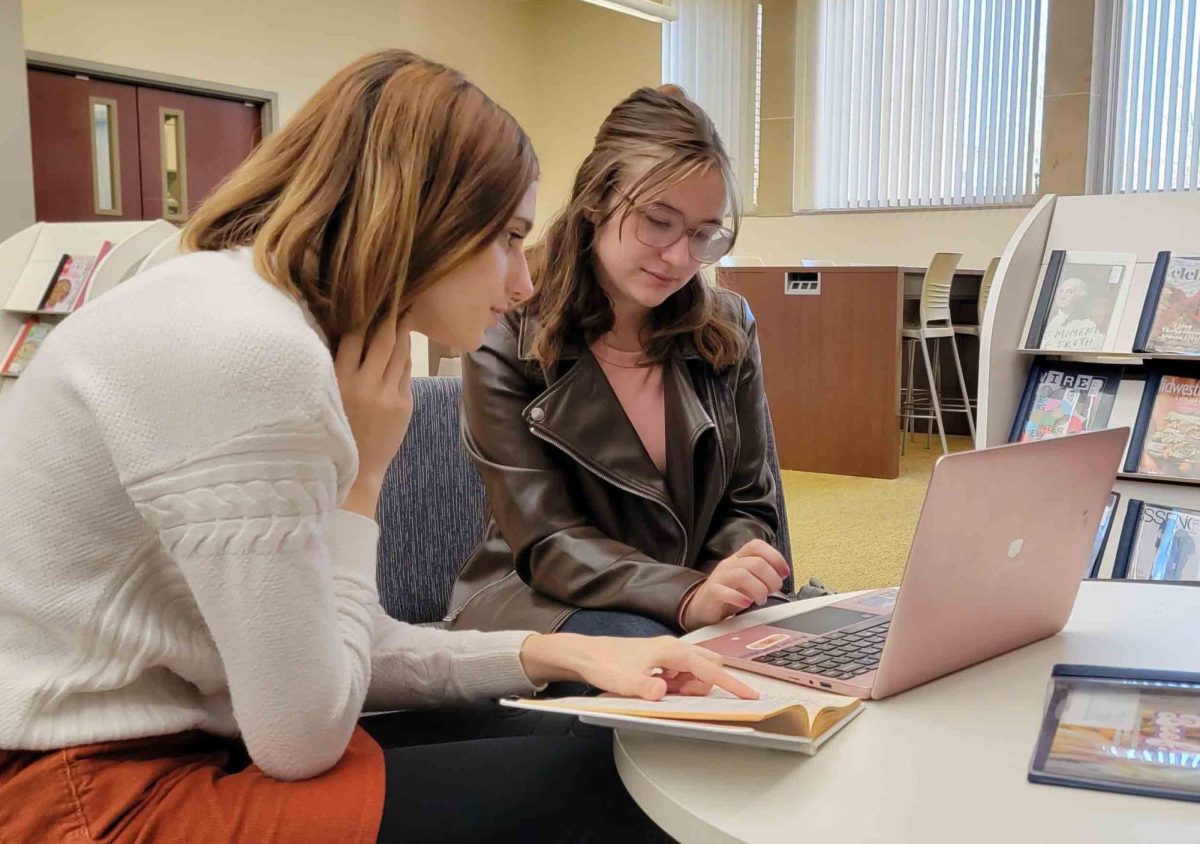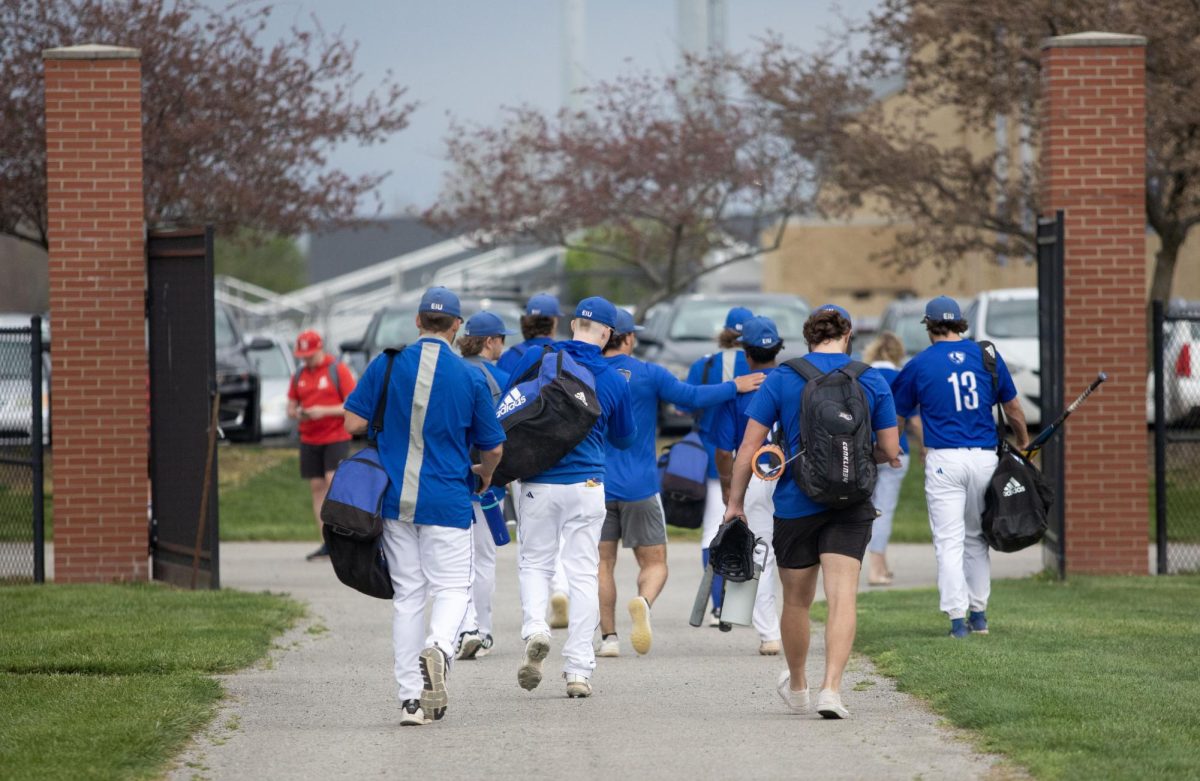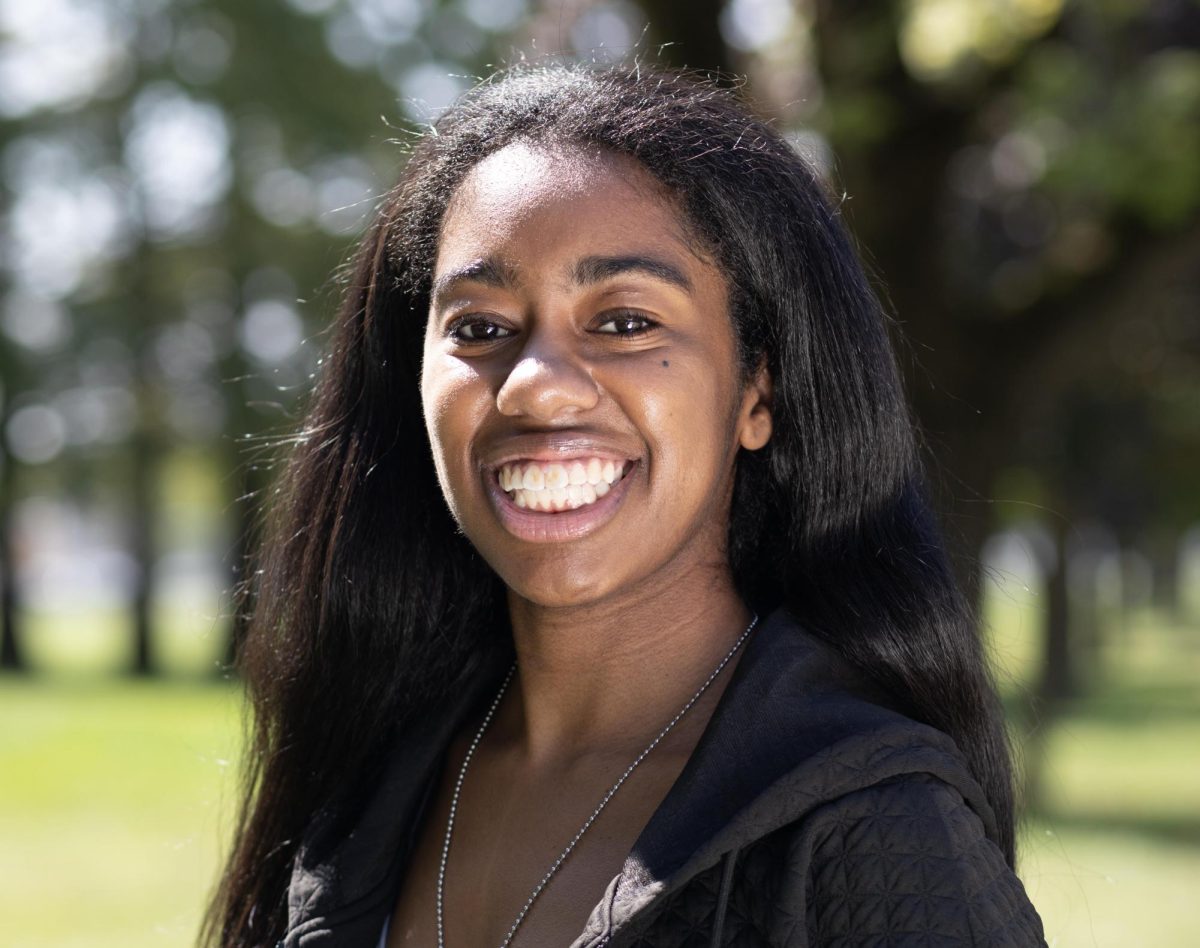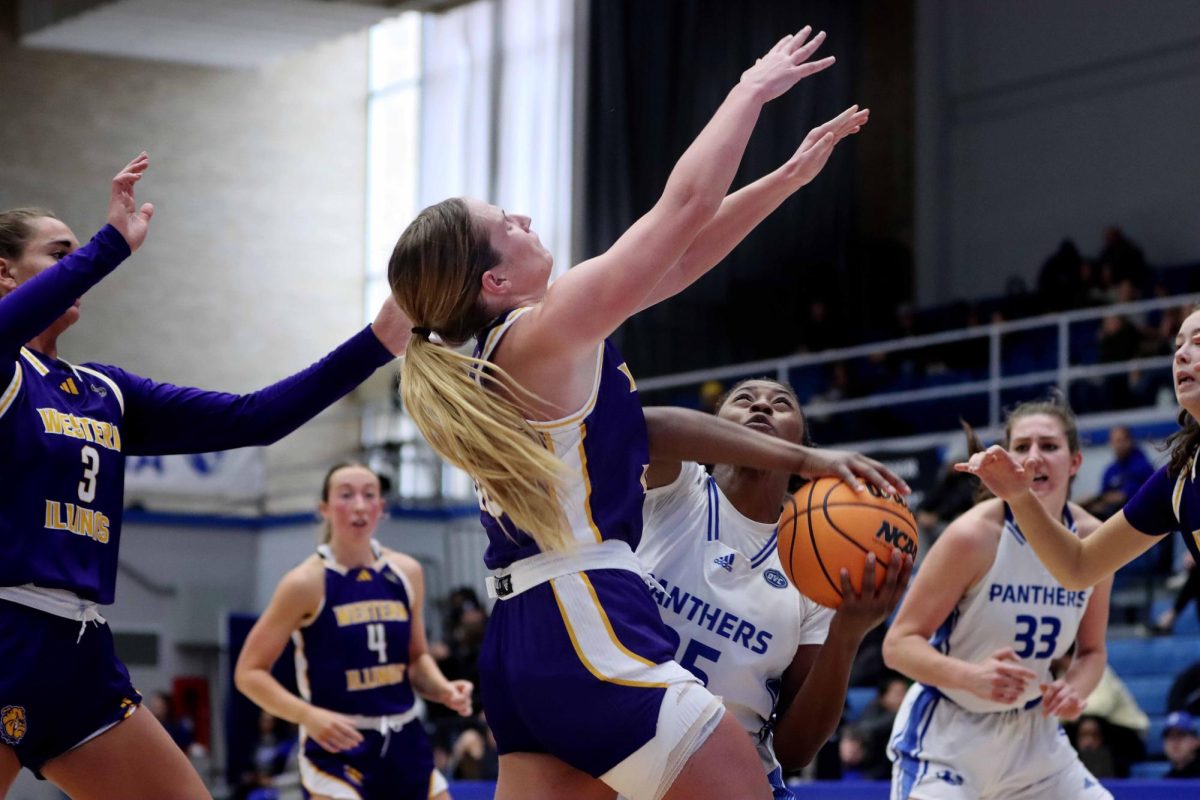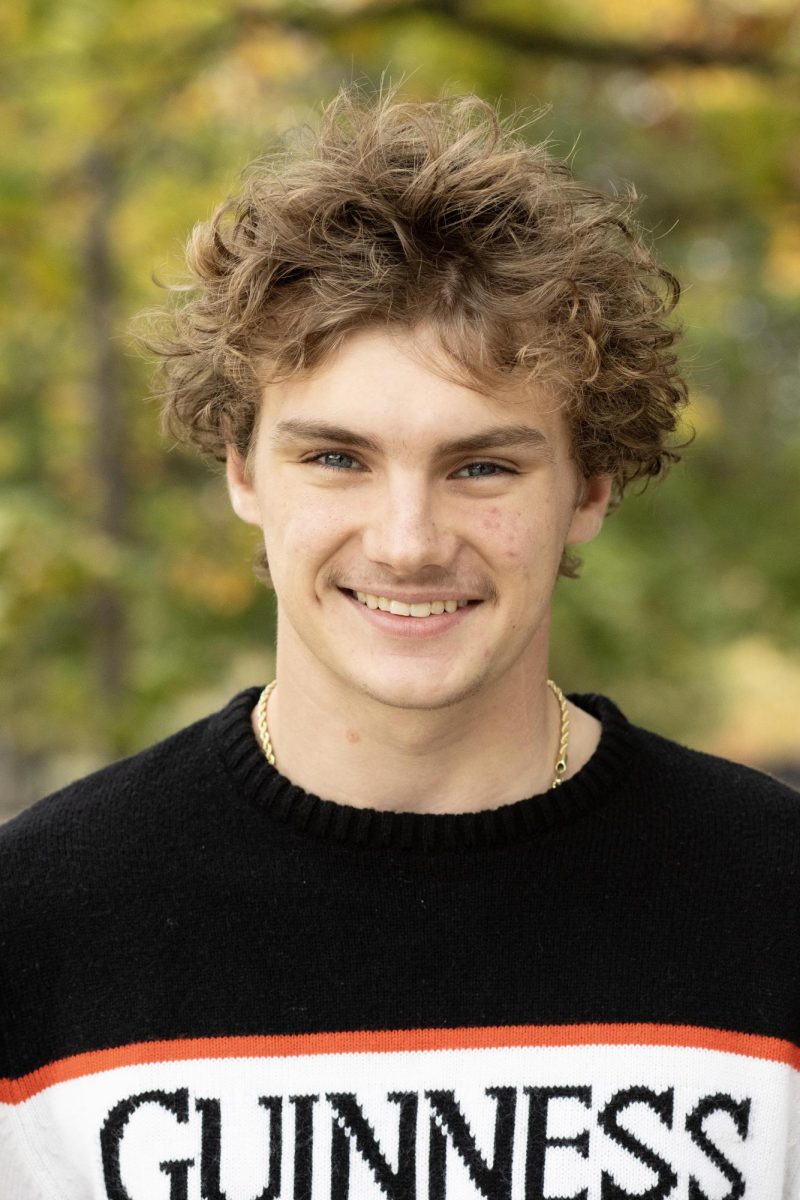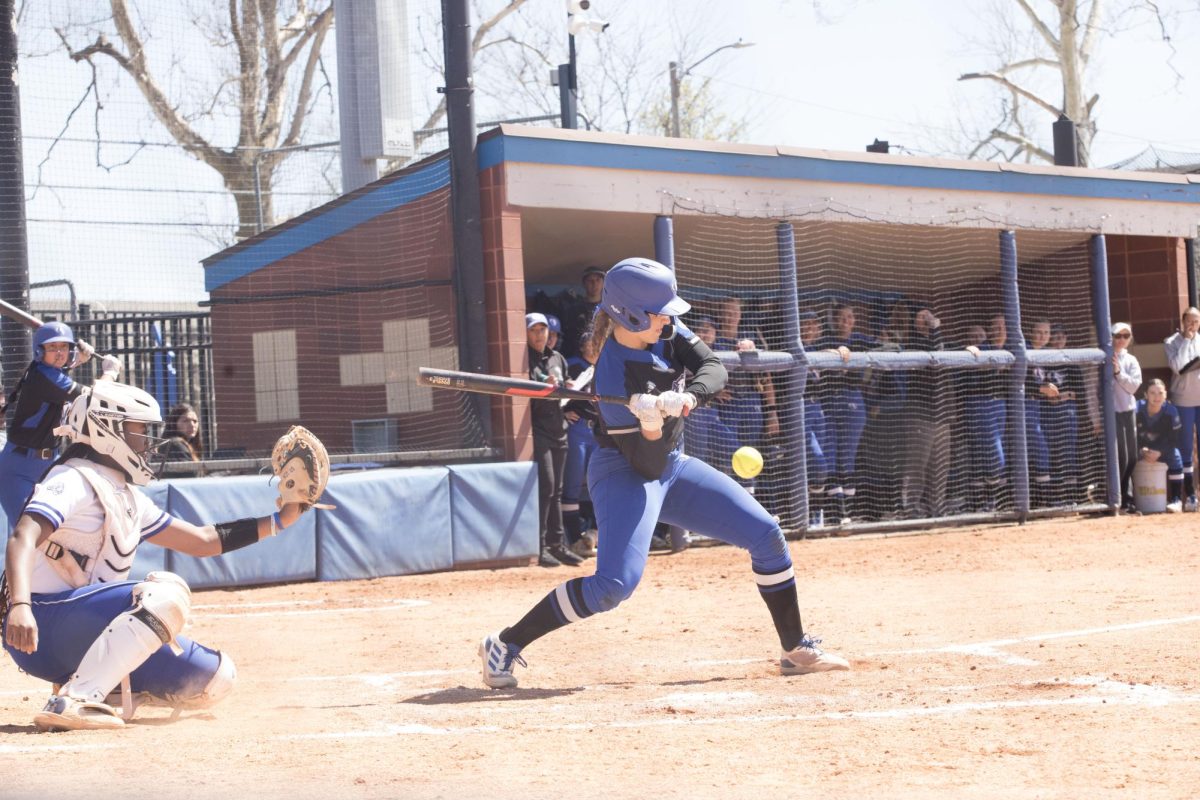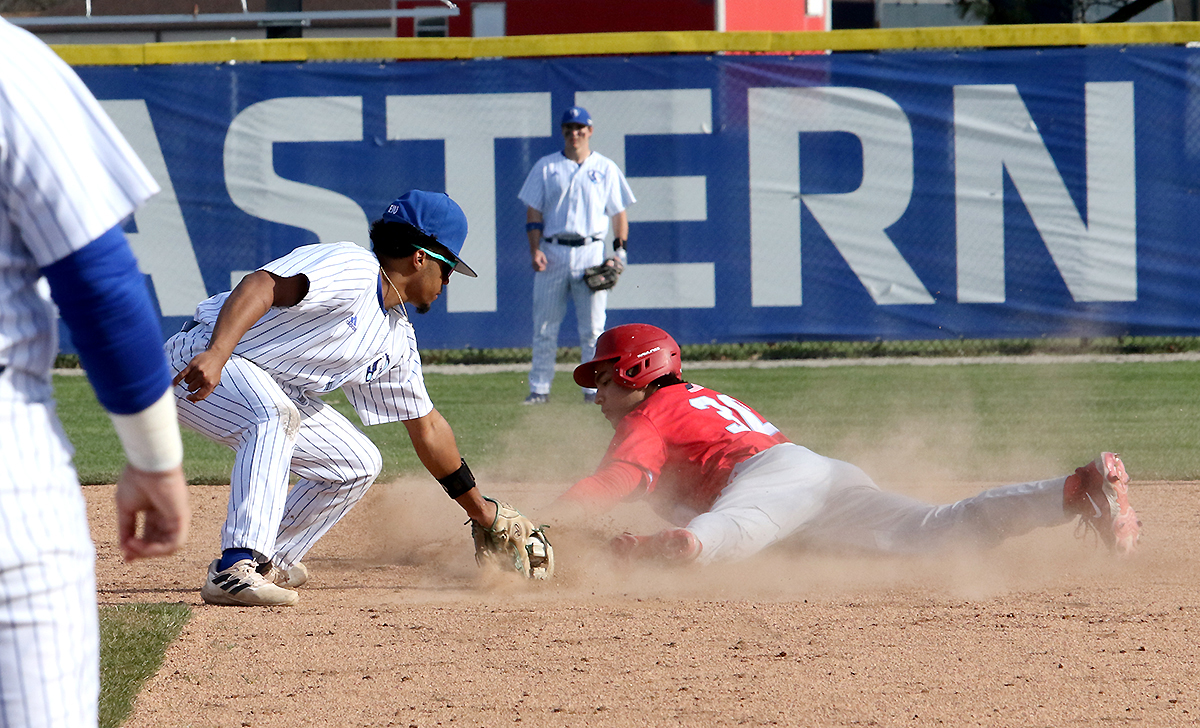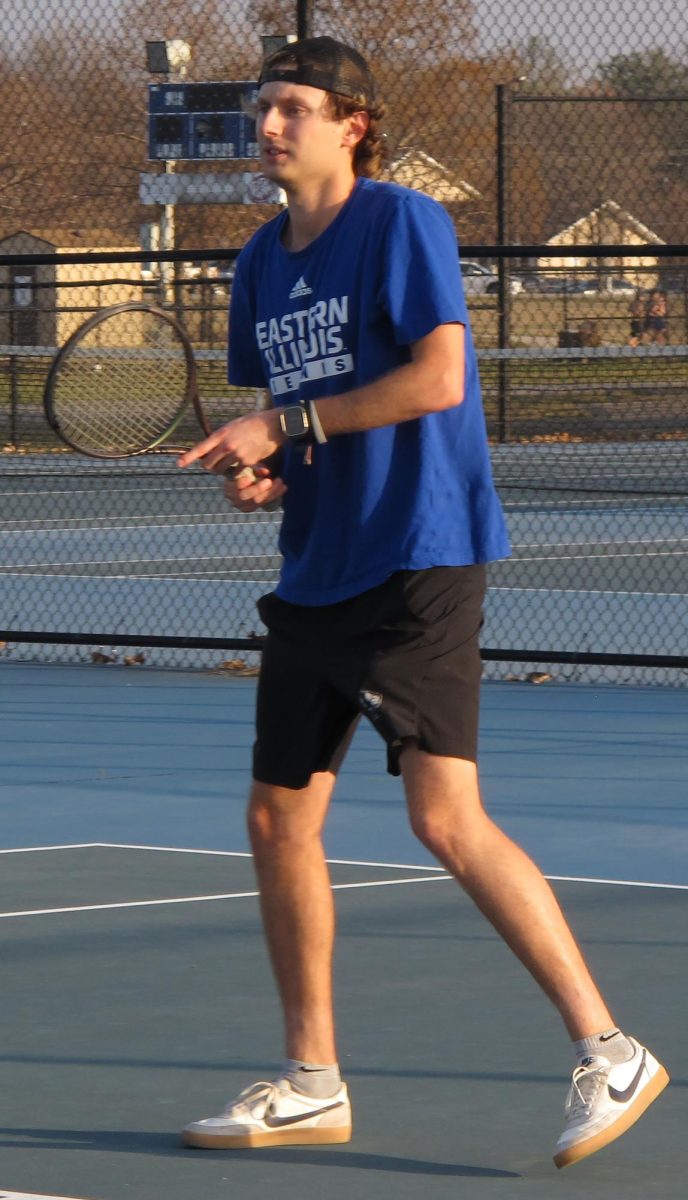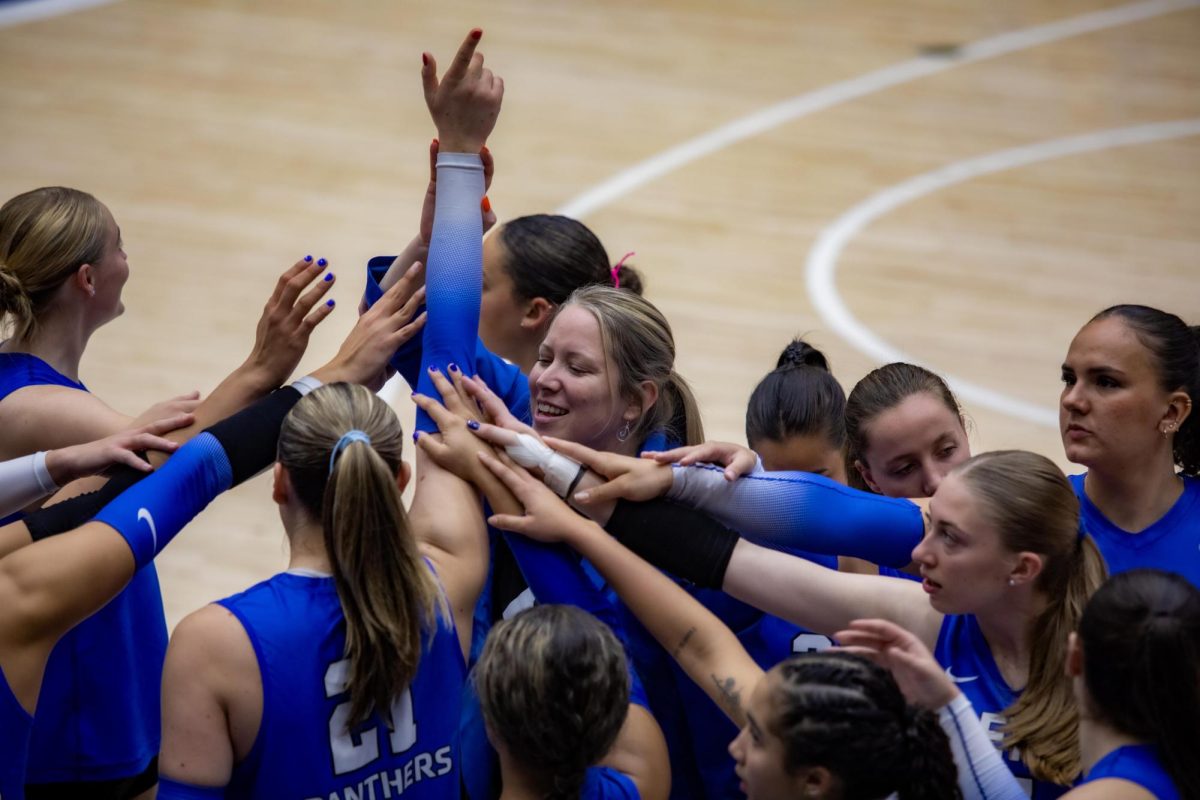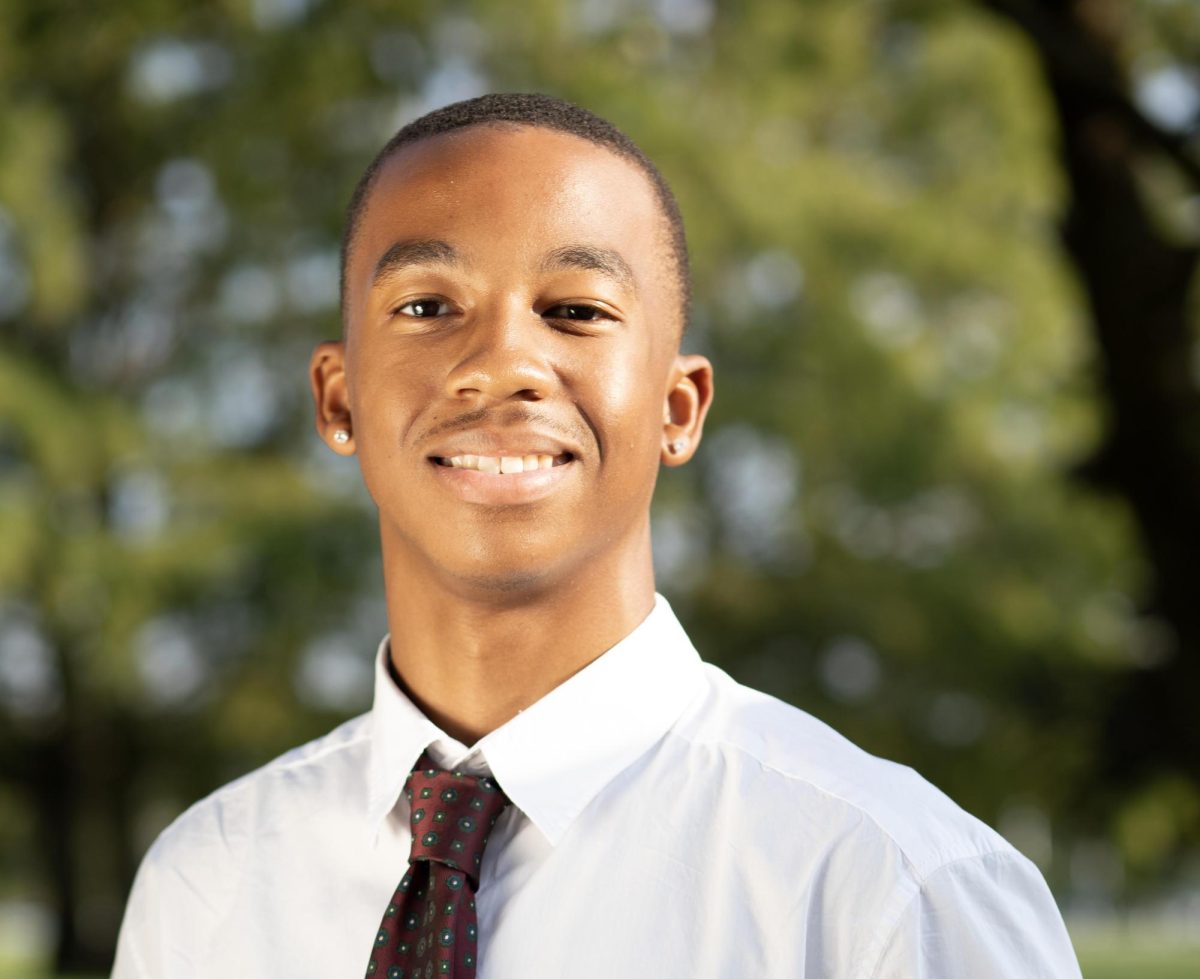A troubling trend among universities
Eastern is above the norm in tenure and tenure-track faculty rates, and Blair Lord is happy to admit it.
“Eastern has generally been well outside the national norm in terms of both the proportion of our classes taught by tenure, tenure-track people and the proportion of our classes taught by full-time folks, which has been a point of great pride for Eastern,” Lord, provost and vice president for academic affairs, said.
Tenure and tenure-track faculty members teach around 70 percent of Eastern classes. Annually-contract faculty members, who work full-time, increase that number well into the 90th percentile, Lord said.
But large retirement pools during the next five years and stagnate state appropriations could make it harder for Eastern to maintain such a high tenure-track rate.
“Financial pressures are always a challenge,” Lord said. “We are doing what we can to avoid succumbing to these financial challenges.”
Nationally, tenure-track faculty rates have been declining and have declined since the 1970s, said John Curtis, director of research and public policy at the American Association of University Professors.
AAUP released the “Contingent Faculty Index” in 2006, which compiled data about the number of tenure, tenure-track, full-time, part-time and full-time non-tenure-track faculty members employed at 2,617 American colleges and universities.
AAUP took 2005 national data from the U.S. Department of Education, which Curtis helped compile.
“What we wanted to do was really bring (the data) out to local campus levels,” Curtis said. “So, faculty, administrators and students would have a chance to see what the specific situation was on their particular campus.”
AAUP found that in 1975, full-time tenure faculty comprised 36.5 percent of campuses nationwide compared to the 30.2 percent of part-time faculty. In 2005, full-time tenure faculty employed at campuses nationwide dropped to 21.8 percent while part-time faculty increased to 48 percent.
Curtis said administrations typically say cost and flexibility are the reasons why they are not hiring as many tenure-track faculty members.
He said part-time faculty members are less expensive for an institution because the salaries and benefits are less compared to tenure-track and full-time non-tenure-track faculty.
Institutions’ argument about flexibility is enrollment, courses and that the number of sections for a course change often, he added.
“I don’t think that is necessarily accurate because.it seems a lot of the non-tenure track faculty are teaching basic introductory courses, and the demand for those are usually pretty strong,” Curtis said. “It doesn’t seem that the number of faculty needed to teach those classes is really going to fluctuate a great deal from one year to the next.”
The decline in tenure and tenure-track faculty from 1975 to 2005 is not an uncommon trend for Eastern either. Lord said Eastern’s tenure and tenure-track faculty rates were not as high as they were a decade ago, largely because of increasing financial pressures.
“By and large, when you come under financial pressures, you start to substitute for non-continually, non-tenure track faculty,” Lord said. “That is unfortunate, but finances are what they are.”
He added the decline in state funding for higher education has contributed to that pressure.
The increasing costs in social programs like healthcare and welfare have compressed states financially, and therefore compressed higher education financially, Lord said.
He added state governments view higher education as having the ability to offset its financial pressures because it receives revenues from students.
“It isn’t maliciousness,” Lord said. “It is just pressure from all these different places that have prevented them from supporting higher education.”
Curtis said some institutions have spiked in hiring tenure and tenure-track faculty members.
But with the U.S. economy teetering on a recession, colleges and universities could have to deal with a new set of problems in the next couple of years, he added.
“We’ve really had a tight situation in general for funding for colleges and universities for several years now,” Curtis said. “Given that the economy seems to be slowing, it often is the case that funding for colleges and universities lags a little bit behind.”
As for Eastern’s looming large retirement pools, Lord said he has seen 25 to 30 faculty members leave Eastern each year for a few years now, and that is expected to increase during the next five years.
Eastern has annually hired 20 to 30 tenure-track faculty members for the past few years, he added.
“If we have a large number of retirements coming, we’ll have to be doing a fair amount of recruiting,” Lord said.
He added the tenure rate could jump from year-to-year if Eastern does not hire successfully, but aside from that, as retirements start to rise so should the number of faculty being hired.
“We are going to do all we can to maintain the niche that Eastern has in providing most of our instructions in tenure, tenure-track, full-time faculty members,” Lord said. “If we don’t get much help from the state, we’ll try other things to keep it.”
Curtis said AAUP has been arguing for quite some time that the decline in tenure and tenure-track faculty is a matter of priorities.
He said making the investment in higher education will pay off in more educated citizens who are able to do the jobs that are required in an educated economy.
Higher education is an investment that benefits all of society, he added.
“It’s not a new thing,” Curtis said of the trend. “But it’s reaching the point where there is serious cause for concern.”
Stephen Di Benedetto can be reached at 581-7942 or at sdibenedetto@eiu.edu.

